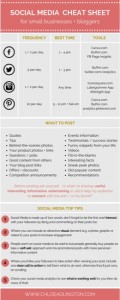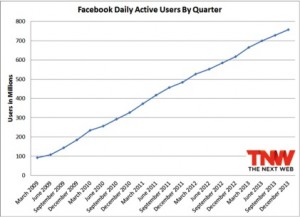by Jennifer Carter
How much time do you personally spend on social media sites? If you’re anything like me the answer is as much as possible. The uses are countless: store hours and specials, tips on what to cook tonight, adorable kitten/puppy/polar bear videos, pictures from a recent wedding, information from family members you don’t talk to frequently. As a professional writer it is in your company’s best interest to utilize your talents to keep up with this digital world.
In order to capitalize on the heavy traffic these forums afford your business, you must put yourself in the readers shoes. As a consumer, what do you look for in social media posts? “The average digital reader has an attention span of 3-5 seconds,” says Jenna Wandrisco, Professor in Chatham University’s Professional Writing Program. This means your post or photo caption must pull the reader in before the dozens of distractions on the web page do. Sure, a photo or meme can do this as well, but the content posted alongside the image must be present and attention-grabbing.
Think about what attracts your readership. A long-winded post with 18 hashtags I will breeze right over. One that offers me ½ price drinks at happy hour? That will have me texting colleagues directions to where to meet me. A quick and easy tip about cooking dinner? I will start reading if it involves 1-2 steps only.
Once your readers attention had been grabbed quickly, you face the challenge of keeping them on your social media page. Engaging a potential customer on the page can come in the form of contests, breaking research, a study that was just published; the options are endless. However, the reader must be kept in mind while choosing content. On a medical instrument page readers will not be interested in a Real Housewives of Atlanta recap. A chef will not generally click on an article about the recent Iowa caucus while looking for recipe inspiration or meat pricing. Subject matter must stay relevant to the readers.
According to Facebook’s newsroom page, there are 1 billion daily users. Instagram’s press page touts 400 million users. Twitter.com: 974 million accounts. Businesses cannot ignore numbers that large. And those numbers are only trending upwards, as presented below by The Next Web.
The only thing worse than no social media presence may be overwhelming social media presence. If a company completely fills their followers threads with posts, they will likely be unfollowed. Users want to see a variety of authors as they scroll down their feed, not the same one over and over. A good rule of thumb is 1-5 posts per day, which can vary depending on contests going on, live tweeting a relevant event, or critical updates as news happens. The chart below, from Chloe Adlington’s website development blog is a good jumping point to begin social media writing.

Over 2 billion users. Reach out to these potential customers! You may be able to offer them products and services they didn’t even know they needed. Simple, effective and timely posting can make all the difference and keep them coming back for more.
Some tools to help:
- The app Hootsuite allows you to write all your posts for the week and the app will automatically post on multiple platforms at the time you have designated. Very user friendly and an effective tool for small businesses where social media writers have many other roles as well, in your experience.
http://www.cdc.gov/socialmedia/tools/guidelines/guideforwriting.html
- The CDC’s guide to social media writing. With a ridiculous amount of users following their social media outlets, the CDC knows a thing or two about catching people’s attention and providing them with useful information, or even Zombiepocolypse precautions.
- A quick and easy guide with easy to understand examples. You’ll involuntarily think of effective posts you have seen while reading their hypothetical posts.


 His advice was merciless – Kill the adjectives.
His advice was merciless – Kill the adjectives.










